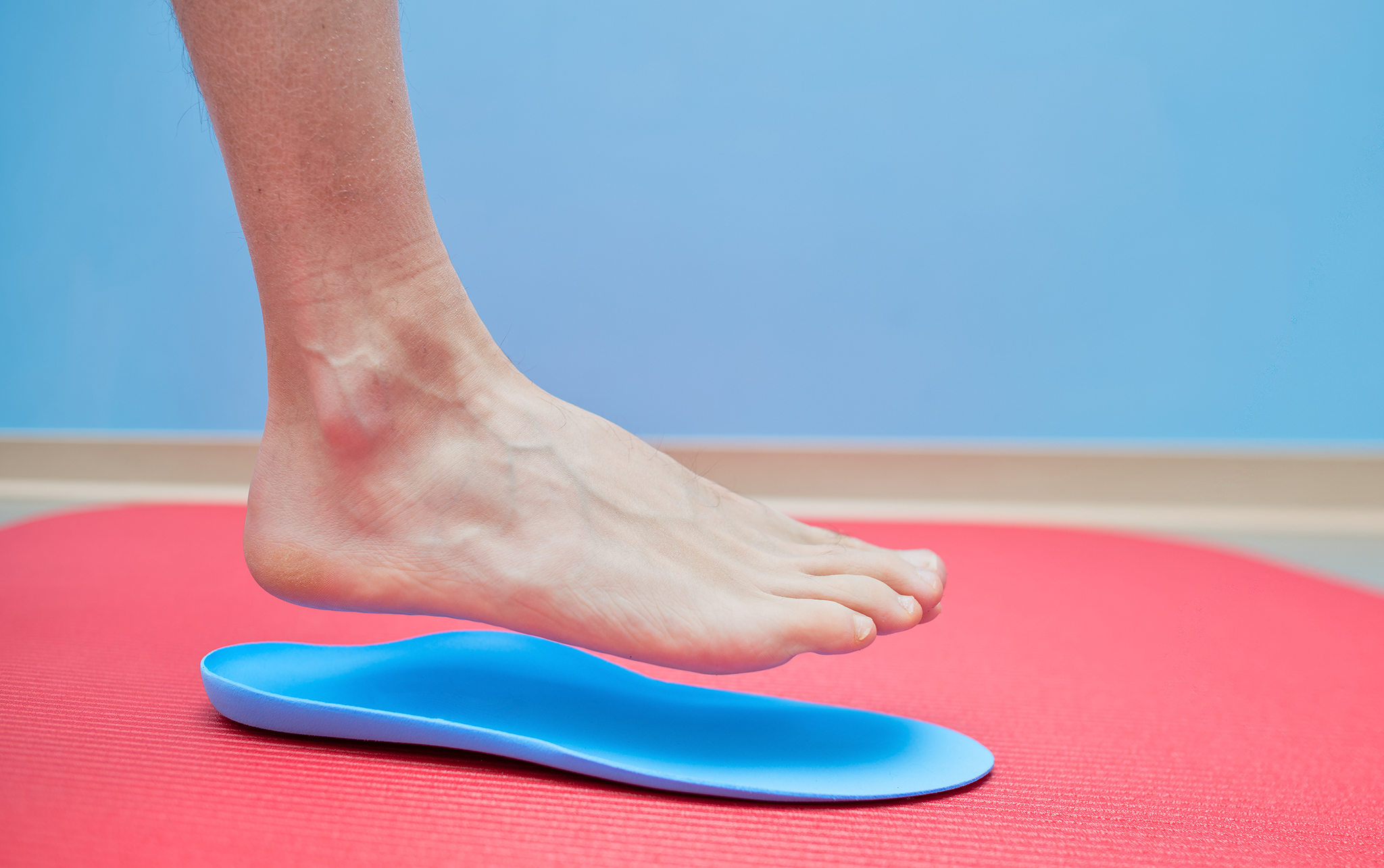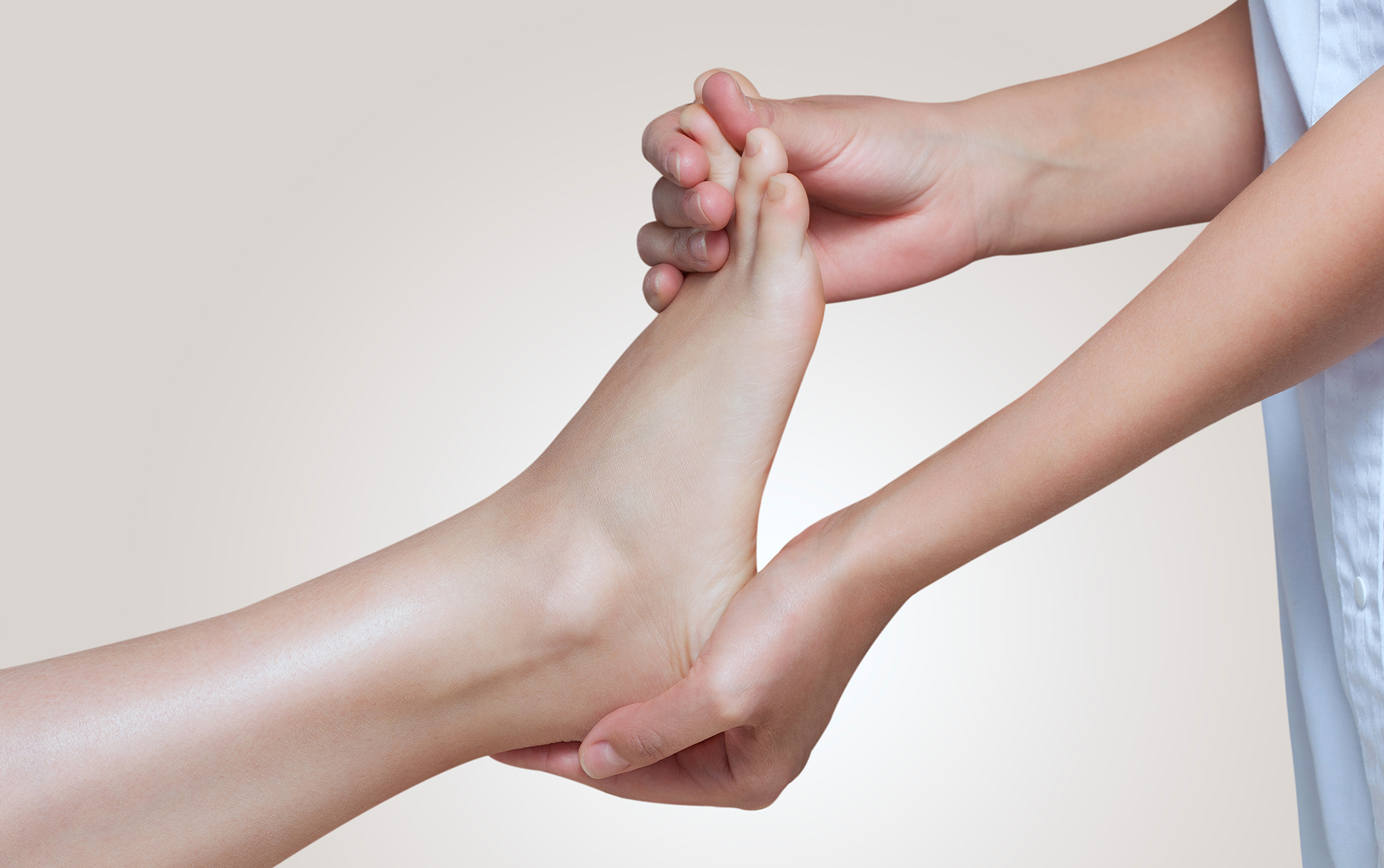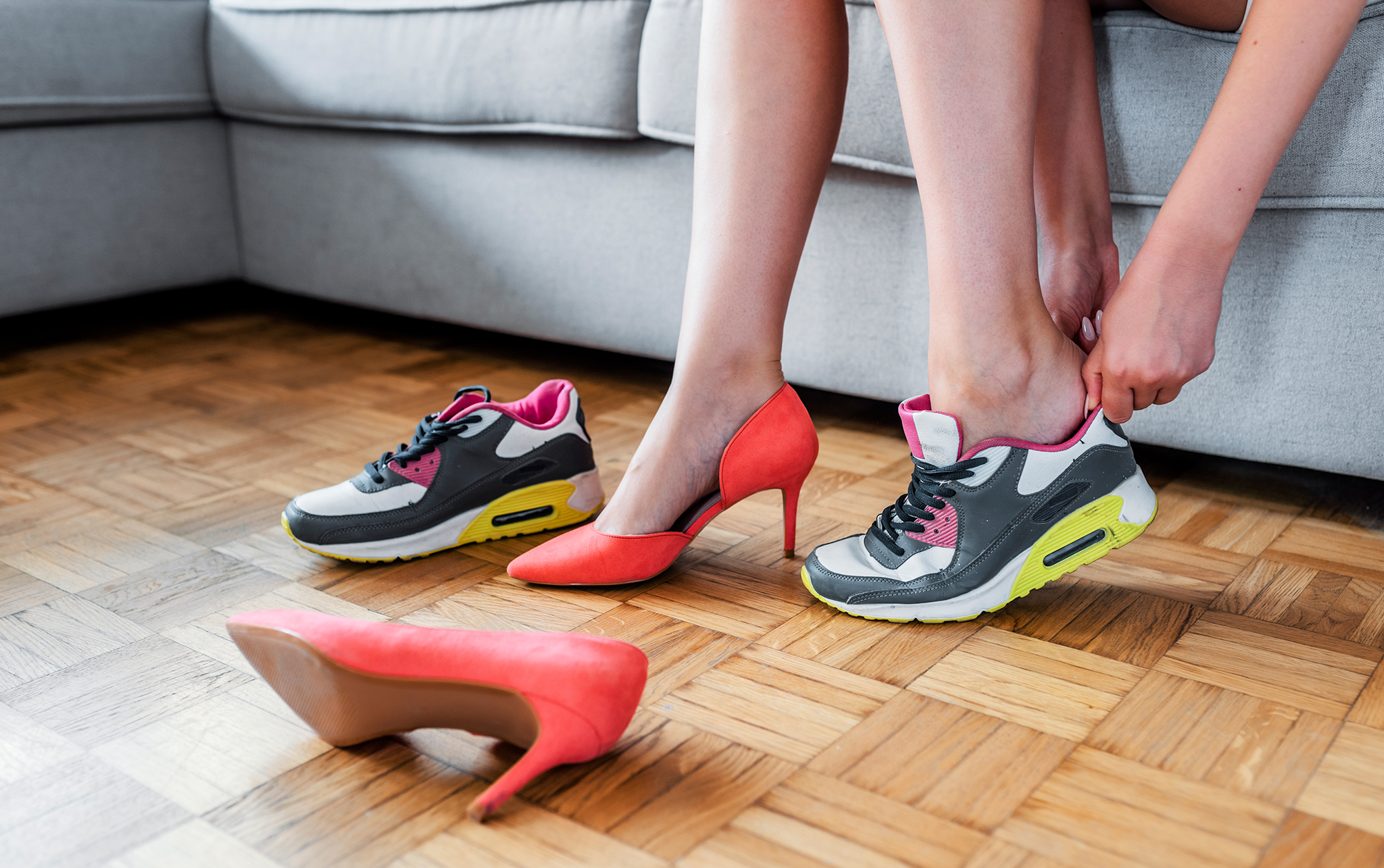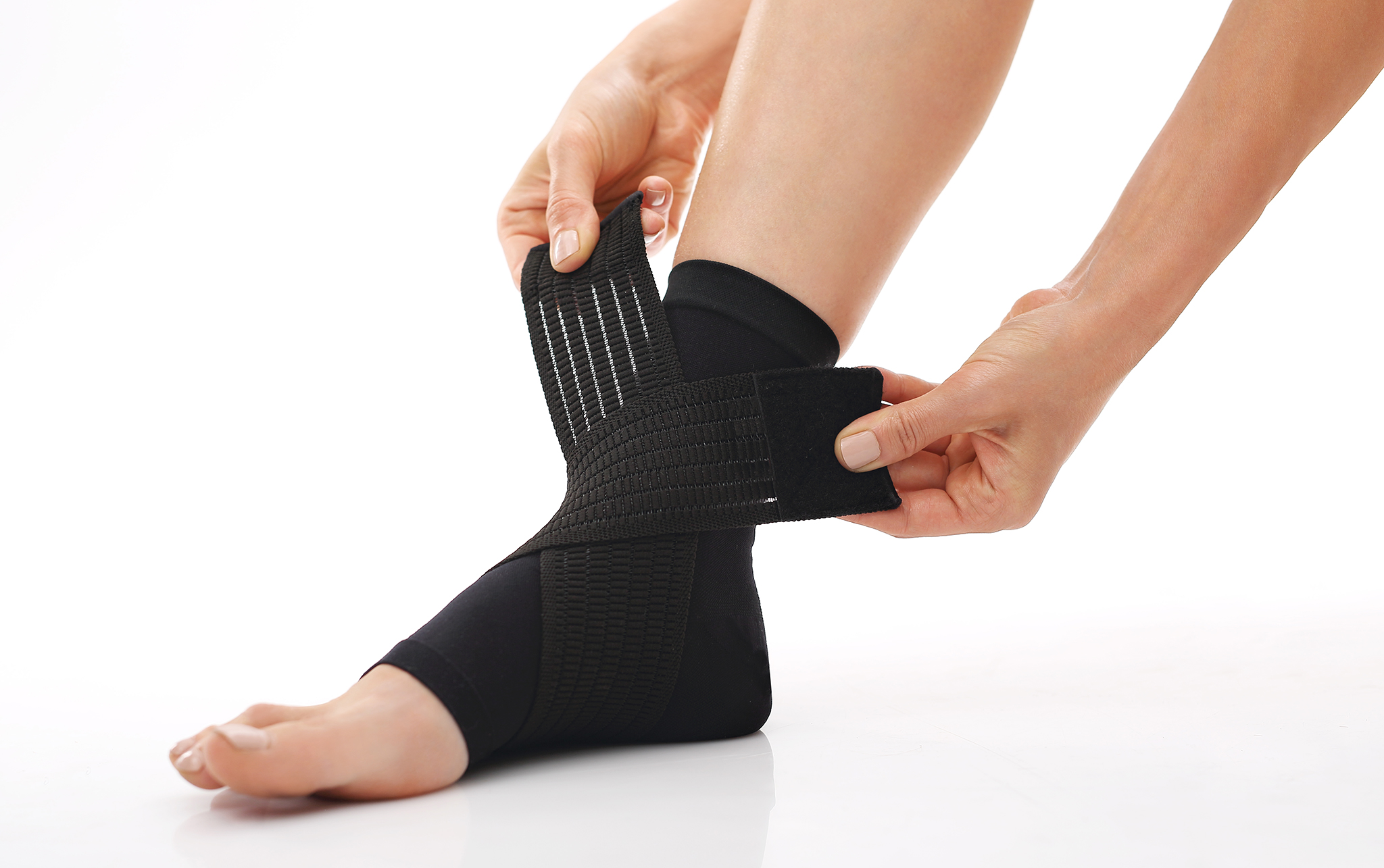One of the most frightening experiences for any active person is when you feel there’s suddenly something wrong with your body. Runners and fitness enthusiasts (but it can happen to anyone, really) are likely to come to terms with their vulnerability when experiencing a sharp, stabbing pain in their foot and heel, especially in the morning. No need to panic, though – even if the pain keeps returning. It’s a cry for help of a certain connective tissue in your foot, and there are ways to calm it down – such as massage therapy for plantar fasciitis.
Overusing the bow string
Plantar fasciitis is an overuse injury – it means that if you use something a lot, it tends to ‘wear down’. But, unlike shoes, we can’t simply throw away parts of our body and get new ones. So taking care of our body – by therapy, by medicine or, best of all, by prevention – is essential.
But what is plantar fascia and why do some have it worse than others?
Imagine the arch of your foot as a bow. Then the plantar fascia would be akin to the string of the bow. Neither a tendon, nor a ligament, but more similar to the latter, the fascia attaches to the bones in front and in the back of the foot and makes the foot springy.
Why me?
So it’s a connective tissue that’s pretty used to be underfoot. What causes it to go wrong then?
The reasons might be many, such as:
- Activities that place a lot of stress on your heel: running, jumping, ballet.
- Obesity – being heavier means your feet have to support more weight.
- Jobs that keep you on your feet.
While any of these factors might heighten the risk for this tiresome ligament inflammation, there’s no definite answer to why it happens to some and not others. Some people might just be more prone genetically to this inconvenience, while others will not need plantar fasciitis treatment massage in their life.
Stop the pain!
Living with constant pain in your feet is very uncomfortable, therefore it’s not surprising that many people choose one or another available therapy.
As you might imagine, not knowing the exact cause of this condition, limits the available treatment methods. In many cases the pain just goes away by itself, so you just have to sort of ‘wait through it’. This may not seem too appealing for obvious reasons so many people just choose taking over-the-counter pain relief medicine. Remember, if you choose to self-medicate, it’s better to see your doctor as well – there is a possibility the pain is caused by something else, for example, a pinched nerve.
Get to the root of the problem
To lighten the strain of overuse, you’ll have to change your routine and not expect immediate results – this is where you have to put one foot in front of the other. Or rather, put your feet up!
Here are some pieces of advice on what can you do to ease the burden of your plantar fascia:
- Avoid running for a while, and try walking less.
- Change your shoes! Sometimes that's all it takes.
- Try out a foot massage for plantar fasciitis.
- Orthopedic splints you wear during the night to stretch your fascia.
- Doctor-prescribed orthopedic shoes that distribute the pressure on the foot more evenly.
A massage a day keeps the pain away
If you are keen to do something yourself to relieve the pain – and provide your plantar fascia some relief – there are a couple of techniques you can use. Studies have proven that massage has positive long-term results, as well as being effective as a quick pain-relief technique.
Plantar fasciitis self-massage techniques include stretching and massaging with your hands or with a ball.
- You can start with simply putting a towel under the top of your feet and pulling it gently towards yourself – it will stretch the ligament and it will be more open to the massage. Hold in this position for 30 seconds for each foot.
- Next, try pulling the top of your foot again, but this time using your hand. Massage the fascia carefully with your other hand, stay longer in the areas that hurt the most.
- Include the Achilles heel and calf massage for plantar fasciitis relief. Go along your muscles with slow, deep movements, starting from the plantar fascia, continuing towards the heel and calf. Repeat the sequence with the movements across the muscles.
- Last, step gently on the massage ball and roll it under your foot for a minute. It is most effective if done regularly, especially right after you get up, and before going to bed.
When it comes to this bothersome condition, there is no hard-and-fast solution. But changing your routine (at least for a while) and including more self-care will get you a long way. With the right shoes, daily massage and, if necessary, medical intervention, you can bring plantar fasciitis to heel!







